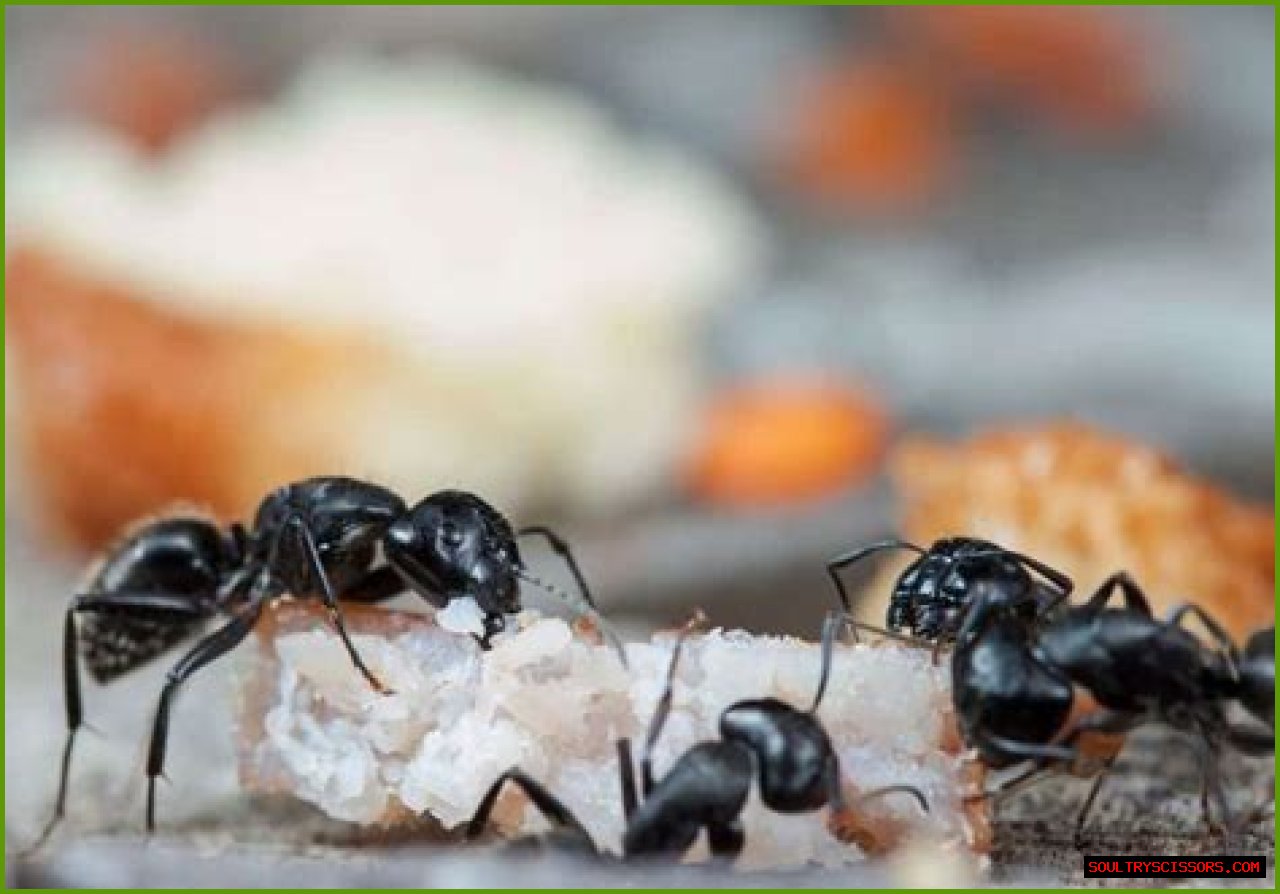How Do You Get Rid Of Ants In Your Car?
Some people swear by Dawn soap – mix two cups of warm water, three tablespoons of salt, and three tablespoons of soap in a spray bottle and spray down the ants. Ants also hate citrus (like spiders and other insects). Use a citrus-based cleaner when cleaning your car to deter them from wanting to hang out in there.
How do I get rid of ants in my car naturally?
Clean Out Your CarFirst, vacuum up all of the crumbs and other particles of food that are attracting all of those pesky ants into your vehicle. Vacuum the cracks and crevices around seats and air vents, under floor mats, and under the seats with extra care.
Why am I finding ants in my car?
This problem seems to happen often when cars are parked near trees, and ants may simply move into the car during their normal foraging (for food) activity. People will come to the job site in droves if they have food in their car. Not an easy task, this one.
👉 For more insights, check out this resource.
Can you bomb your car for ants?
Insect foggerAlso known as a bug bomb, this chemical thoroughly reaches every crevice of the car to kill those ants and even kill ants that enter the car for a couple of months. Hot Shot makes one of the better foggers. For treating ant infestations, they are excellent.
Can ants survive in a hot car?
Some ant species can withstand temperatures as high as those found in a hot car thanks to their adaptability. Overheating, on the other hand, can be lethal. When looking at how to get rid of ants in a car engine, you can turn it on and let it run for some time. The heat from the engine will kill most of the ants in the engine compartment.
👉 Discover more in this in-depth guide.
Where do ants hide in cars?
Just be sure to clean any parts of your automobile where ants may still be hiding, such as the undercarriage, the wheel wells and under the hood (in and around your engine).
